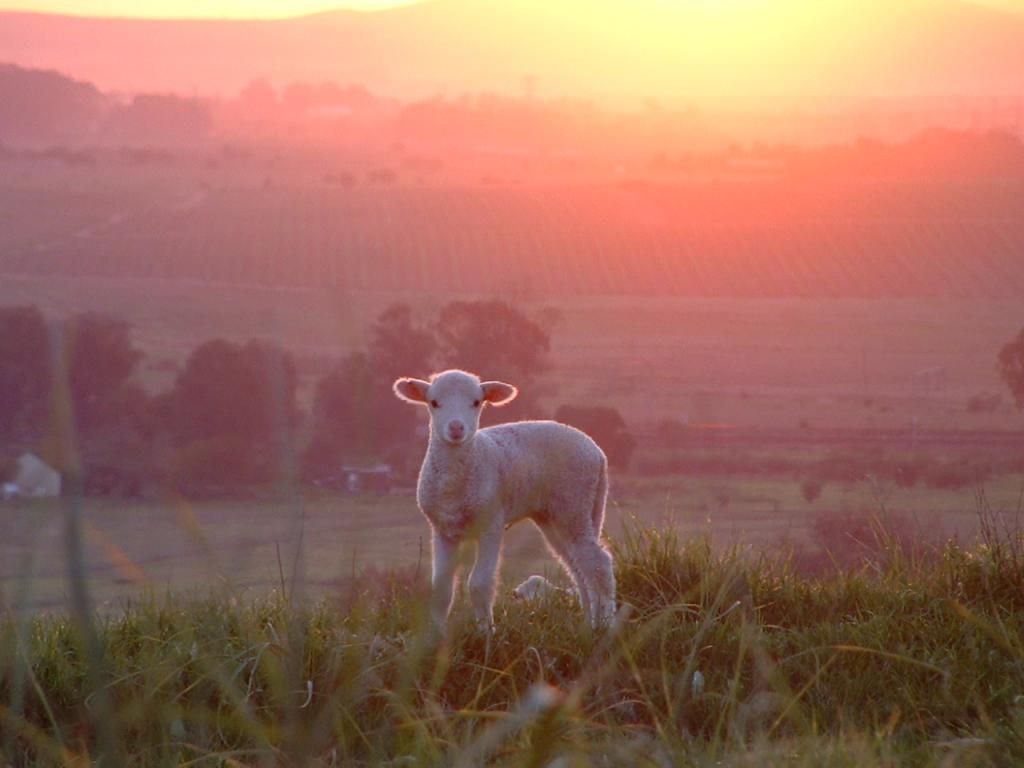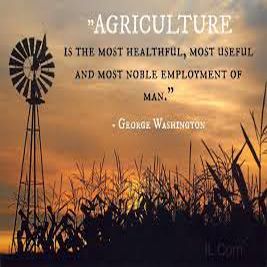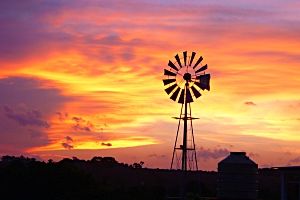·
Bluetongue is an acute, insect-borne viral disease of sheep caused by an orbivirus, transmitted by
Culicoides midges, otherwise known as “muggies blue tongue virus, of which 21 occur in South Africa.
Cattle, goats and wild ruminants are also susceptible but blue tongue
is seldom seen in these species.
·
This is a seasonal disease normally occurring from mid-Summer
·
Sheep infected with the bluetongue virus develop a very high
temperature and a severe inflammation of the band above the hoof.
·
In addition, affected sheep may have severe ulcer-lesions, and may
refuse to walk because the feet are very painful.
·
An early clinical sign is excessive salivation, which occurs 3 to 4
days after the onset of the disease.
·
Although the disease is not usually fatal in adult sheep, they may die
from secondary infections like pneumonia.
·
Lambs are severely affected by the disease and heavy losses can occur.
Treatment
The animal's mouth and tongue are usually so sore that it cannot eat, and its hoofs are too painful for it to go and seek food. The first line of treatment is therefore to enclose the sheep in a small camp where shade, green feed and water are close at hand. They must be handled as little as possible. Antipyretics and analgesics (for example, aspirin ) may be administered.
·
Since the insect breeds in the mud along the edges of slow moving
streams and dams, efforts should be made to eliminate these as breeding sites.
·
Ideally flocks should be bedded on high ground.
·
The flock should be inoculated approximately 9 weeks before the start
of the breeding season.
·
Note that pregnant ewes should never be inoculated especially within
the first 60 days of gestation.
·
This could result in the abortion or malformation of the lambs..
·
Animals should therefore be inoculated with the three vaccines A, B and
C at three-week intervals.
·
Antibiotics can only prevent secondary infections and are used to
salvage affected sheep.
·
Maternal antibodies will protect lambs against the virus for the first
three months of life and they should not be inoculated at this time.
·
They should however be vaccinated after the three months have passed.
·
If one vaccinates the lambs of vaccinated ewes before 3 months,
maternal immunity may interfere with the response of the young sheep to the
vaccine.
Prevention
The
Lambs receive passive immunity through
the colostrum of their dams and should preferably not be inoculated against
Should there
be an outbreak of
|








































